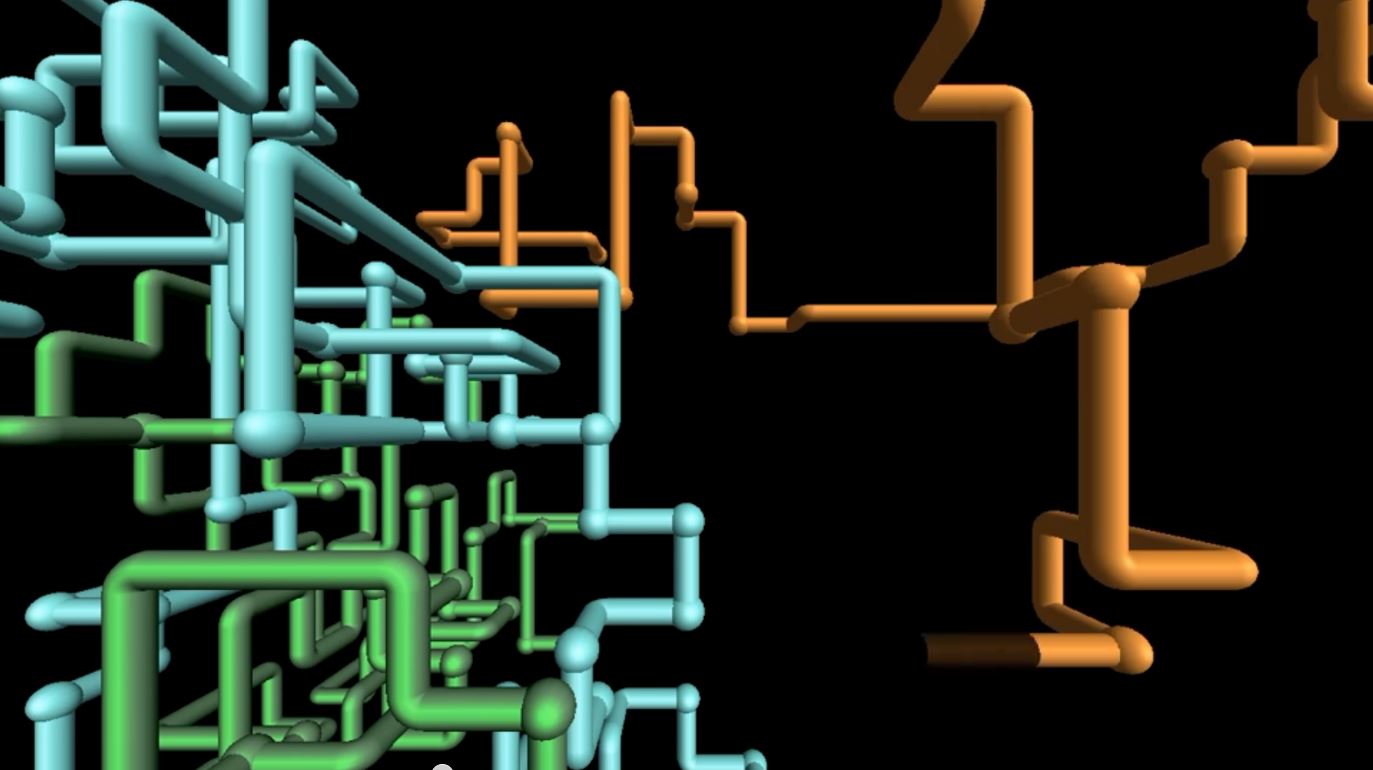There was a time when screensavers had a real purpose beyond just looking cool. If you remember using a Windows computer in the 1990s, you probably recall the iconic screensavers like 3D pipes, flying text, and infinite mazes. These animations weren't just fun distractions; they actually helped protect computer screens.

Why were screensavers necessary?
In the days of bulky PCs and Macintosh desktops, computer monitors used cathode ray tubes (CRT). These CRT monitors had electron guns that fired particles at a phosphorescent screen to create images. Unlike TV screens, computer monitors often displayed static images for long periods, like when typing or reading, which caused a problem. If the electron gun stayed in one position too long, it could burn the image into the screen permanently. Screensavers were invented to prevent this burn-in by keeping the screen moving.
The first screensaver software, launched in 1983, simply turned the screen black. But soon, both companies and individuals started creating more creative and entertaining screensavers. By the late 1980s and early 1990s, screensavers ranged from Apple's flying toasters to colorful psychedelic patterns.
The famous Windows screensavers came about through a mix of innovation and good timing. According to Microsoft employee Raymond Chen, in 1994, developers were looking for a way to show off the new OpenGL capabilities in the upcoming Windows NT 3.5 without overwhelming users. Screensavers provided the perfect solution: they were visible to users and low-risk because they could be easily turned off if there were issues.
Chen’s colleague initiated a design contest among the OpenGL team to create new screensavers. Before they could choose a winner, the marketing team discovered the project and decided to include all the entries in the Windows NT release. This led to the creation of iconic screensavers, with 3D pipes being a standout favorite for many users.
Over time, however, screensavers became less necessary. The release of Windows XP Service Pack 3 in 2009 was the last time Microsoft included Chen’s screensavers. Modern idle and sleep modes, along with our constant use of screens, have largely made screensavers obsolete.
Still, the nostalgia for these classic screensavers persists. In 2021, a fan created a free browser version of the 3D pipes screensaver, keeping its legacy alive. Hopefully, the same care will be given to other classics, like the beloved starfield screensaver.

